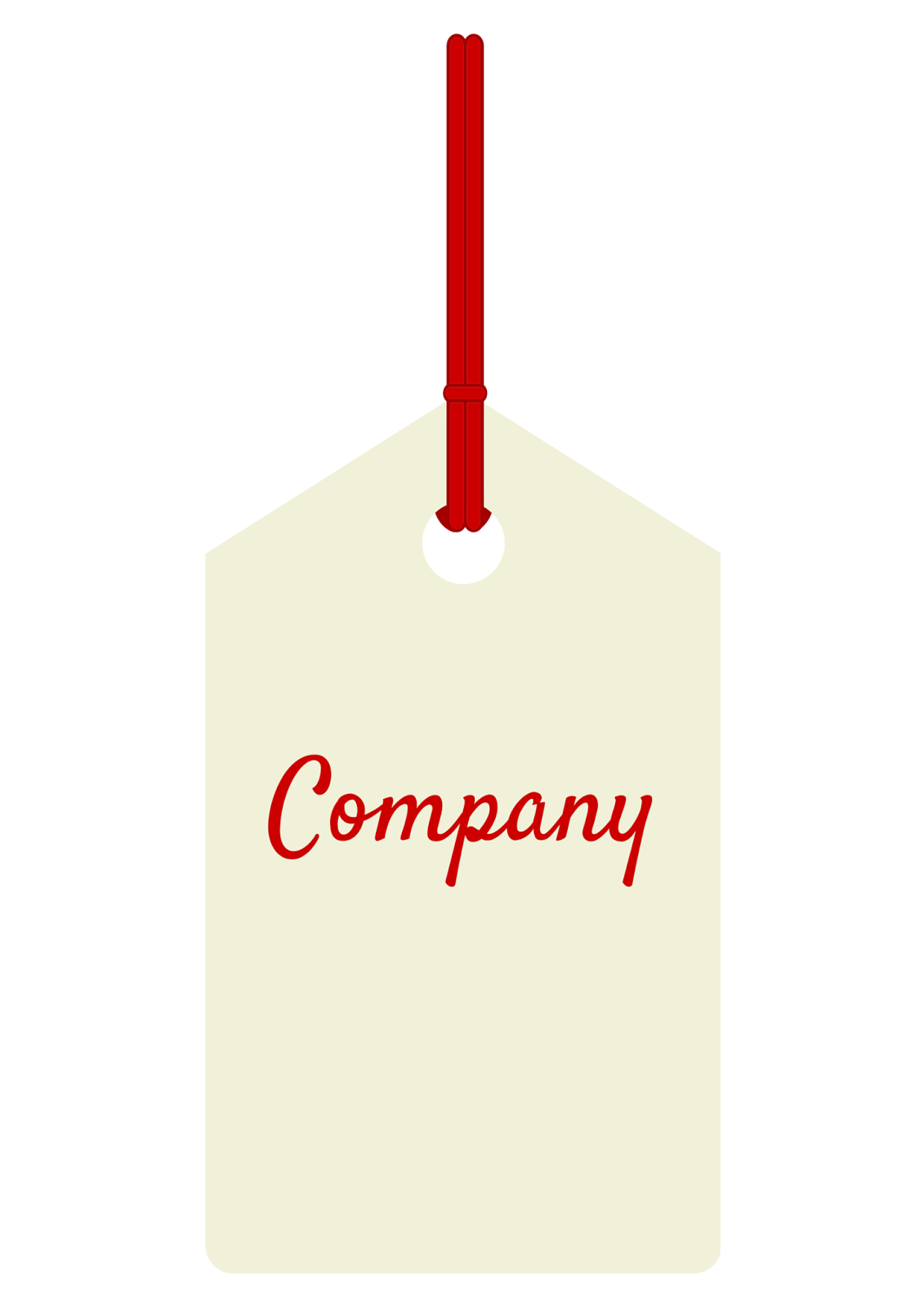LinkedIn is a business orientated networking service that launched pre-Facebook in 2003. By 2006 the service boasted 20 million members and by June 2013, 259 million users were members of the site. Individual users span over 200 territories and thus the site has a wide global reach. LinkedIn includes a profile page for individuals to show their work and educational stories. A standardised platform online CVs, links to projects, follow companies, join groups, add colleagues and other key networks.
LinkedIn has is a market leader in online professional
networking sites and still has very few contenders. With news of Facebook
intending to launch a business facing aspect to the social networking site –
Facebook at Work – will it be a real contender to LinkedIn’s reign?
Having an online presence when looking for work or just in
general is becoming a key aspect of job searching and career development arena.
Having a LinkedIn profile is becoming nearly as important as having an email
address, especially for those looking from first jobs to middle management roles. If you are struggling to get started using this tool please read on as
LinkedIn’s top tips to a perfect profile will be explained here.
- Profile
picture is key. Having a profile picture is very important. It shows that
you are a real person who has a real face. Some people I have spoken to about
LinkedIn are reluctant to have a LinkedIn profile picture, saying things like, ‘people
will see how old I am’ and are worried about age discrimination. People just want to know what you look like, to put a face to the name and experiences, its simple curiosity. The picture should be a simple headshot in black and white
or colour. I would steer away from pictures of you on a night out, in a team shot, with your kids or
with bad lighting. The picture should represent you and how you want to be seen
in a professional.
- Make an impact with your summary. The summary section of your profile is very similar to a personal statement. This is the time for you to show what you are made of, what you can do and what you aspire to be. Keep it short but sweet and detailed and be sure to include key words. Include information about previous roles key achievements and responsibilities. This is not a space to write your life story warts and all, save that for your friends.
- Experience isn’t just listing your roles. I have seen LinkedIn profiles with individuals just listing roles, no words to describe key achievements, deliverables and responsibilities. Write up to 100 words for the more recent roles (over five years). Say what you did and why you were such a valuable employee, what projects did you do? what were you involved with? Remember you need to stand out. You can also link key projects and websites to each role.
- Listing courses, projects and publications gives you credibility. LinkedIn allows you to list courses, projects and publications whilst giving you the ability to link specific websites where you work is displayed. LinkedIn also allows you to attach the person who you worked on the project with. This is a great way to show what you have achieved and what you have worked on.
- Education, languages and key skills make you stand out. These sections allow you to list your educational credentials and additional information such as additional languages and key skills. The key skills section is important as this is what recruiters search for. It is therefore key to really research what skills your dream role requires and demonstrate how you have them.
- Recommendations you can get the job done. Recommendations are what sets LinkedIn apart from other job sites. Having someone who can vouch for you and can show that you have done a good job at x or y company is a great way to create online capital. Receiving recommendations is a little bit trickier. Asking current or ex colleagues to explain how invaluable you were on a project or a task is the way to get them, but not everyone will respond. Maybe start with recommending someone else and then hopefully they will then repay the favour.
- Connections show that you can network digitally. LinkedIn allows individuals to connect and ‘be friends’ with other professionals. Be they current or former colleagues or individuals that work in an organisation that you aspire to be part of. This is not Facebook however, so try and resist going on a massive ‘friending’ spree. LinkedIn tries to limit the amount of random requests people receive but of course this can be bypassed. If you are trying to connect with someone who has nearly no connection to your circles, explain in the invitation why you want to connect with them and this may open doors.
- Group memberships show employers what your interests are. The site also allows you to be a member of groups. There are groups that discuss a wide variety of industry specialisms and expertise. Most groups are open, but even closed ones you have the option to let your application be verified. When you become a member, engage in conversation and start discussions. These are all ways to become noticed.
- Following
companies keeps you a breast of key trends. Following companies that you are interested in is a way that
you can track the activities and goings on. Company pages are so
organisations
can update followers with CSR activities, job vacancies and other things that
are happening in the industry and the organisation.
- USE the jobs function. One of the best things about LinkedIn in my opinion is the jobs function. I think it is one of the best ways to find roles. You can search for the usual; location, job title etc. but it also recommends roles based on your current job title and sends you roles every week straight to your e-mail inbox. Some organisations advertise on their websites, LinkedIn and Twitter only so you will find roles on it that would be difficult to find anywhere else. Also LinkedIn allows you to connect with the recruiters more directly.























